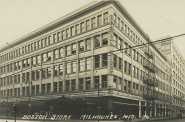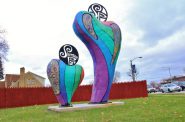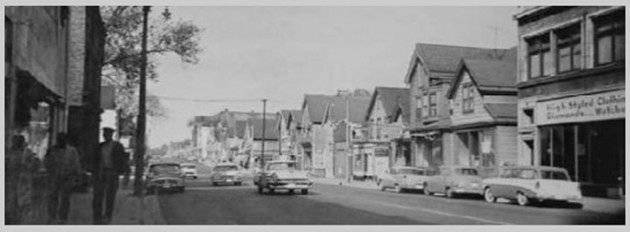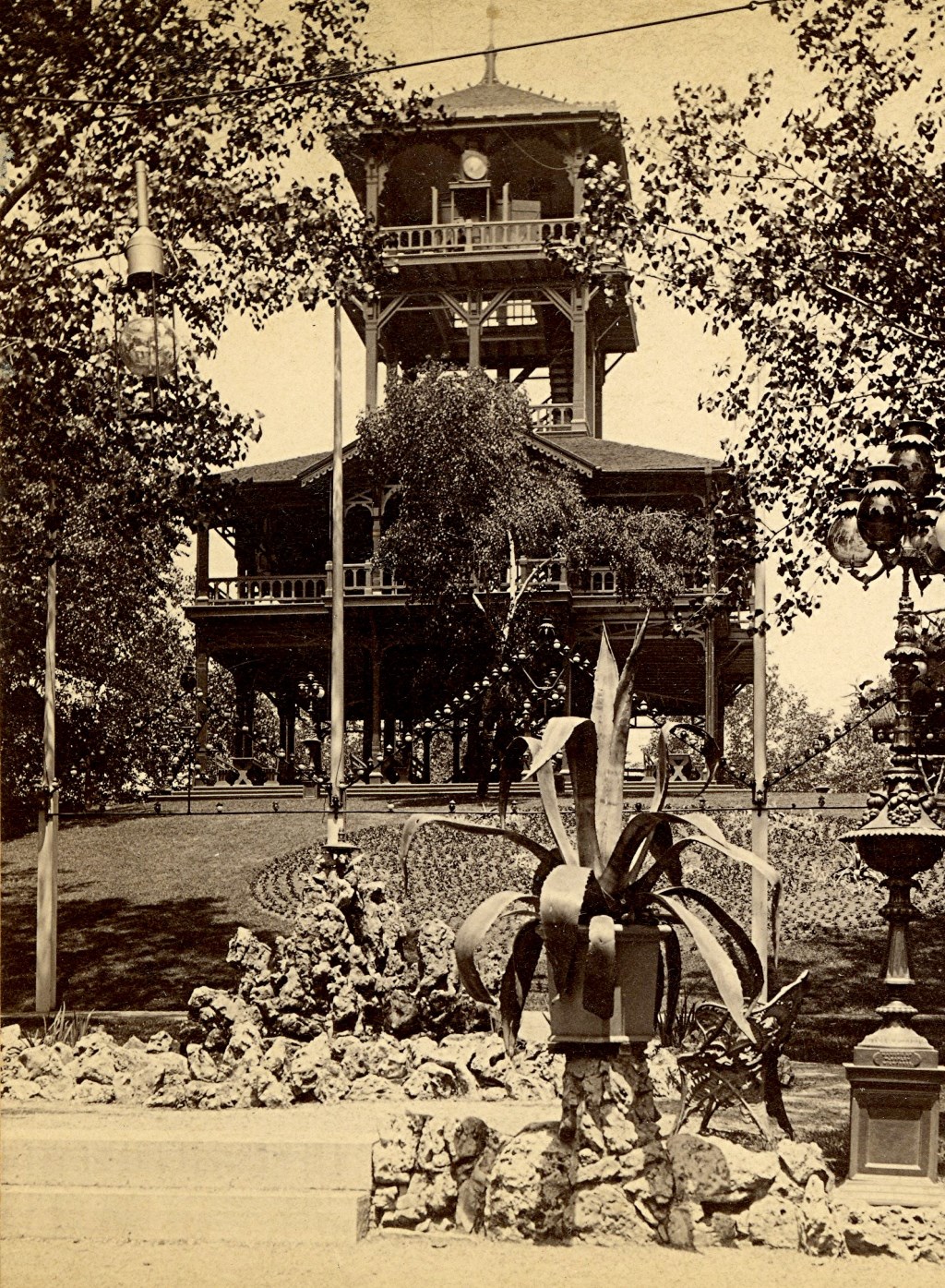Schlitz Garden’s Observation Tower, 1880s
Beer garden on 8th and Brown offered many thrills, with stunning views of Lake Michigan.
Many of Milwaukee’s 19th century beer gardens were not affiliated with breweries, such as Rose Hill Park, which was featured in last week’s column. But eventually Schlitz and Pabst would get involved in the craze for outdoor beer gardens.
In 1879 the Schlitz Brewery would purchase an establishment named Quentin’s Park, located on 8th St. between Walnut and Brown streets. Schlitz would add many improvements, including a concert pavilion that would accommodate 5,000 patrons and a wild animal menagerie. As the property was on a hilltop an observation tower was added.
The concert pavilion was on the park’s north end and “open on three sides, where concerts and grand opera were given,” as a history of the Joseph Schlitz Brewing Co. by Michael R. Reilly recounts. “Several hundred listeners could be seated inside, while as many others sat at tables ‘under the stars’ and sipped their beer as they listened. In the center of the park was a hill topped by a three story lookout pagoda, from which most of the city could be seen; it was possible to look across the city all the way to Lake Michigan. At the south end of the park was a winter dance hall, bowling alley and a refreshment parlor. A big schooner of beer was 5 cents, and a quarter would buy the kiddies a long strip of tickets good for pink lemonade, soda water, wieners and popcorn. Some days there were special thrills for the youngsters, as when a tightrope walker teetered at dizzy heights among the trees, or a balloonist ascended. The park was ornamented by two large fountains, and the terraces of the hill were illuminated at night by 250 gas globes. The arched entranceway to the park was ‘ablaze with 32 electric lights.'”
This is a photograph of that tower produced by noted photographer H.H. Bennett dating from the early 1880s. Note the tropical vegetation, rugged pieces of limestone, and that very ornamental outdoor lighting.
The beer garden would not remain in business all that long closing its doors even before Prohibition. The city would purchase the property to use as parkland, demolishing the buildings on the land. Today Carver Park is on the site. Schlitz would also open the famed Schlitz Palm Garden in downtown Milwaukee in 1896, which also would close in 1921. Meanwhile the Pabst Brewery would provide strong competition in the late 1880s with its own outdoor beer garden in Whitefish Bay, which we’ll discuss next week.
Jeff Beutner is a collector of photographs, postcards and stereoviews of old Milwaukee. This column features these images, with historical commentary by Beutner.
Yesterday's Milwaukee
-
When Boston Store Was Big
 Apr 18th, 2018 by Jeff Beutner
Apr 18th, 2018 by Jeff Beutner
-
Sherman Park Has Been a Melting Pot
 Aug 25th, 2017 by Jill Florence Lackey, PhD
Aug 25th, 2017 by Jill Florence Lackey, PhD
-
The Rise and Fall of Bronzeville
 Aug 5th, 2017 by Jill Florence Lackey, PhD
Aug 5th, 2017 by Jill Florence Lackey, PhD





















I really enjoy these articles. I would think that there are very few people in this area who know about these parks.
I was a 30 year member of the Milwaukee Liederkranz and researched their history for our 125th Anniversay Concert in 2003. Christoph Bach, the band and orchestra leader mentioned in this article, was the original music director of the Liederkranz in 1878 when it was founded at the Second Ward school, now Best Place, I believe.
The Christoph Bach Orchestra held Sunday afternoon concerts in the ballroom of of the then new Turner Hall. His concerts were a mix of music in about the same vein as later popularized by the touring John Phillips Sousa Concert Band and even later by Arthur Fiedler and the Boston Pops.
I have an undated digital picture of the Christoph Bach Orchestra set up for a portrait outside Schlitz Park with perhaps a younger Eugene Luening or Hugo Kaun. (Hugo’s brother William ran a music publishing business in Milwaukee and hit it big in 1891 by publishing Charles K. Harris’s “After the Ball.”)
Christoph Bach: http://flps.newberry.org/article/5418474_11_1316
Eugene Luening: https://news.google.com/newspapers?nid=1499&dat=19280610&id=QadQAAAAIBAJ&sjid=wyEEAAAAIBAJ&pg=6555,4879931&hl=en
Hugo Kaun: https://en.wikipedia.org/wiki/Hugo_Kaun